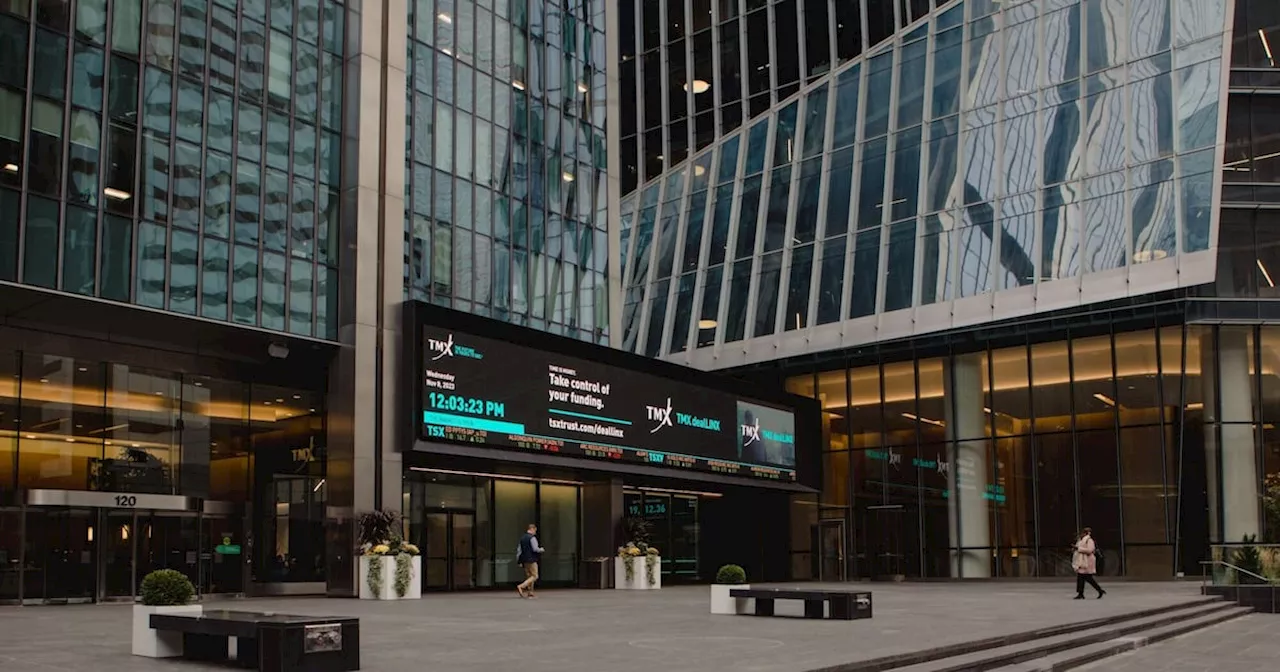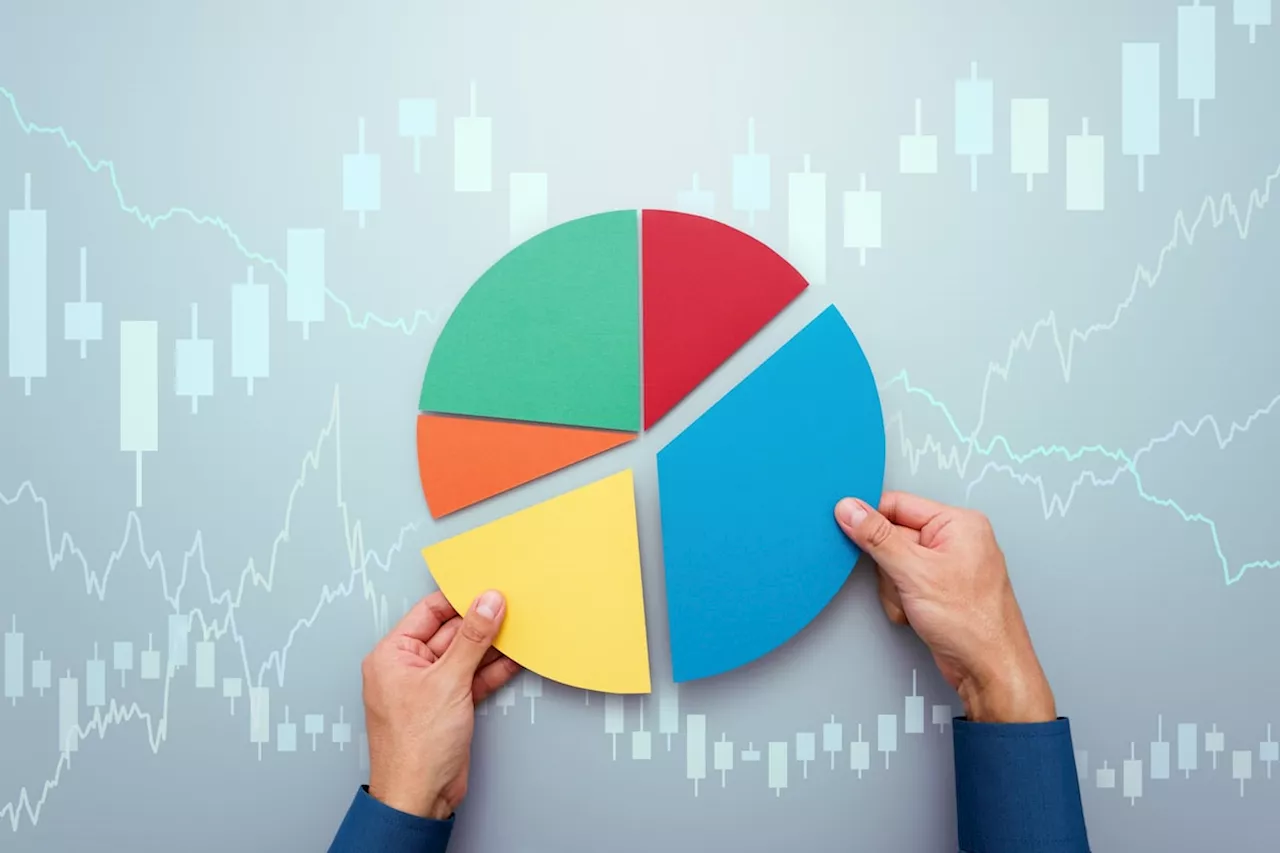Three ETF experts, Daniel Straus, Richard Orrell, and Mary Hagerman, weigh in on their top core and satellite ETF picks for a registered retirement savings plan (RRSP). They offer insights into bond ETFs, international high-dividend ETFs, U.S. equity ETFs with strategies like covered calls and those focused on specific sectors like technology.
Rental Bank Financial's Daniel Straus, Croft Financial Group's Richard Orrell, and Raymond James' Mary Hagerman provided their top core and satellite ETF picks for an RRSP . When building a retirement nest egg with exchange-traded funds (ETFs), a core-satellite investment strategy can help spread risk without limiting potential returns. Broad-based equity and/or bond ETFs should make up the core of a retirement savings plan.
Satellite ETFs, which will have much smaller weightings, can invest in themes, sectors or different geographies to provide more diversification or potential alpha. Globe Advisor asked three ETF experts for their top picks for a registered retirement savings plan (RRSP). \Mr. Straus recommends Fiera Capital Corp.'s actively managed short-term corporate bond ETF as a good core holding for conservative investors or the fixed-income portion of a balanced RRSP portfolio. He notes that bond ETFs are better kept inside an RRSP, where interest income can grow tax-free until withdrawal. This ETF holds Canadian corporate bonds and uses derivatives, such as interest rate swaps, to create a floating-rate income. Mr. Straus explains that when interest rates spiked in 2022 and 2023, this ETF delivered positive returns because of those swaps, while its active and passively run bond ETF peers were slightly in the red. He acknowledges that an economic downturn caused by a trade war with the U.S. is a risk, but adds that the ETF's 0.49-per-cent management expense ratio (MER) is “pretty competitive” for an actively run fund. \For a satellite holding, Mr. Straus suggests an international high-dividend ETF to offer diversification if investors are concerned about an overvalued U.S. stock market and a possible pullback. He explains that while the U.S. market is a core holding for everyone, international exposure serves as a satellite. The benefit of having this ETF inside an RRSP is that dividends are tax-sheltered, although there may be withholding taxes that could be a trade-off. The ETF is about 15 per cent invested in Japan, 13 per cent in Italy and 8 per cent in Switzerland. Its 0.34-per-cent MER is very competitive given its complex index methodology, he adds. The risk, he says, is that it's an all-equity ETF, so it could have significant drawdowns, but also slightly lower volatility and risk mitigation due to the stocks chosen for the index. \Mr. Orrell recommends a U.S. equity ETF suitable for a core holding because it offers diversification from the domestic market – as Canadians can have a home bias – but also screens for high-quality stocks. The fund owns companies with a high return on equity, stable year-over-year earnings growth and low financial leverage. He adds that its distributions are also tax-sheltered within an RRSP. The ETF’s risk stems from owning only stocks. Its annualized five-year return of 16.8-per-cent to Jan. 23 outpaced the 14.7-per-cent gain of SPDR S&P 500 ETF Trust. For a tactical satellite play, Mr. Orrell suggests a U.S. equity ETF given the uncertainty new U.S. President Donald Trump’s policies have caused. The market could “get rattled,” so this fund can benefit from its covered-call strategy. “If the market moves sideways or slightly lower, that covered-call component should generate a bit of extra income and reduce the volatility of the underlying portfolio.” The ETF holds 245 U.S. stocks screened by JP Morgan Asset Management. Although launched last autumn, its U.S.-listed version began trading in 2020. The 0.35-per-cent MER is also reasonable given that covered-call ETFs are often pricier, he says. The risk is the ETF will lag if the U.S. market rises dramatically, he says. If the market drops substantially, the covered-call strategy can help somewhat, “but won’t cushion the equity blow.” \Ms. Hagerman suggests a U.S. equity ETF as an attractive core holding within a balanced RRSP portfolio because it is a highly diversified fund with some 3,600 stocks. About 82 per cent of the fund is invested in S&P 500 index names while the rest is in small- and-mid-cap stocks. Its 0.17-per-cent MER is also very competitive, she adds. This ETF can face sharp market fluctuations, so it requires having a time horizon of four to five years, Ms. Hagerman says. “It’s virtually impossible to lose money with a broad-based index fund like this one if you hold it through market downturns.” For a satellite holding, Ms. Hagerman recommends a U.S. equity ETF to give investors more technology exposure. “It could be up to 5 per cent in the equity portion of a portfolio.” Tech stocks have had two blockbuster years, but “I still think we are still going to have good returns from them,” although perhaps from companies smaller than the Magnificent Seven, she says. The ETF tracks the Nasdaq 100 Index, which is 60 per cent invested in tech names that include Cisco Systems Inc
Etfs RRSP Investment Strategy Retirement Savings Bond Etfs International Etfs US Equity Etfs Covered Call Strategy Technology Etfs
Canada Latest News, Canada Headlines
Similar News:You can also read news stories similar to this one that we have collected from other news sources.
 Ethereum ETFs Show Strong Growth Potential, Could Outperform Bitcoin ETFs in 2025Ethereum ETFs experienced a surge in December 2024, amassing $2.6 billion in inflows, driven by factors like staking and AI adoption. While trailing Bitcoin ETFs, which saw $35 billion in inflows for the year, Ethereum ETFs demonstrate a promising trajectory. Analysts predict they could surpass Bitcoin ETFs in 2025 if Ethereum maintains its growth momentum and addresses key challenges.
Ethereum ETFs Show Strong Growth Potential, Could Outperform Bitcoin ETFs in 2025Ethereum ETFs experienced a surge in December 2024, amassing $2.6 billion in inflows, driven by factors like staking and AI adoption. While trailing Bitcoin ETFs, which saw $35 billion in inflows for the year, Ethereum ETFs demonstrate a promising trajectory. Analysts predict they could surpass Bitcoin ETFs in 2025 if Ethereum maintains its growth momentum and addresses key challenges.
Read more »
 Bitcoin ETF outflows surge to $568M as market faces renewed volatilityMassive Bitcoin ETF outflows hinted at shifting sentiment, while Ethereum ETFs gained investor confidence in 2025...
Bitcoin ETF outflows surge to $568M as market faces renewed volatilityMassive Bitcoin ETF outflows hinted at shifting sentiment, while Ethereum ETFs gained investor confidence in 2025...
Read more »
 BlackRock's Bitcoin ETF Surpasses $50 Billion in Assets, Fastest Growing ETF EverBlackRock's Bitcoin ETF (IBIT) has rapidly amassed $50 billion in assets under management (AUM) within its first year, becoming the fastest-growing ETF in history. This success signifies the growing acceptance of Bitcoin within traditional finance.
BlackRock's Bitcoin ETF Surpasses $50 Billion in Assets, Fastest Growing ETF EverBlackRock's Bitcoin ETF (IBIT) has rapidly amassed $50 billion in assets under management (AUM) within its first year, becoming the fastest-growing ETF in history. This success signifies the growing acceptance of Bitcoin within traditional finance.
Read more »
 Canadian ETF Market Surpasses $500 Billion, Experts See Continued GrowthBipan Rai, managing director and head of ETF and structured solutions strategy at BMO Global Asset Management, discusses the Canadian ETF market's continued growth, driven by sophisticated investors seeking financial flexibility and diversification opportunities. He compares ETFs to the printing press, highlighting their democratizing effect on investing.
Canadian ETF Market Surpasses $500 Billion, Experts See Continued GrowthBipan Rai, managing director and head of ETF and structured solutions strategy at BMO Global Asset Management, discusses the Canadian ETF market's continued growth, driven by sophisticated investors seeking financial flexibility and diversification opportunities. He compares ETFs to the printing press, highlighting their democratizing effect on investing.
Read more »
 Widow to keep $100k from late husband's RRSP after court victory against Canada Revenue AgencyA person looks at a Canada Revenue Agency homepage in Montreal on Aug. 16, 2020.
Widow to keep $100k from late husband's RRSP after court victory against Canada Revenue AgencyA person looks at a Canada Revenue Agency homepage in Montreal on Aug. 16, 2020.
Read more »
 Canadian ETF Market Booms in 2024, Setting the Stage for Continued Growth in 2025The Canadian ETF market saw record inflows in 2024, fueled by a combination of factors including the strong performance of U.S. equities and growing investor interest in active strategies. Experts predict continued growth in 2025, with trends such as the rise of covered-call ETFs, the increasing popularity of fixed-income funds, and the potential for greater ETF adoption by institutional investors shaping the sector's future.
Canadian ETF Market Booms in 2024, Setting the Stage for Continued Growth in 2025The Canadian ETF market saw record inflows in 2024, fueled by a combination of factors including the strong performance of U.S. equities and growing investor interest in active strategies. Experts predict continued growth in 2025, with trends such as the rise of covered-call ETFs, the increasing popularity of fixed-income funds, and the potential for greater ETF adoption by institutional investors shaping the sector's future.
Read more »
